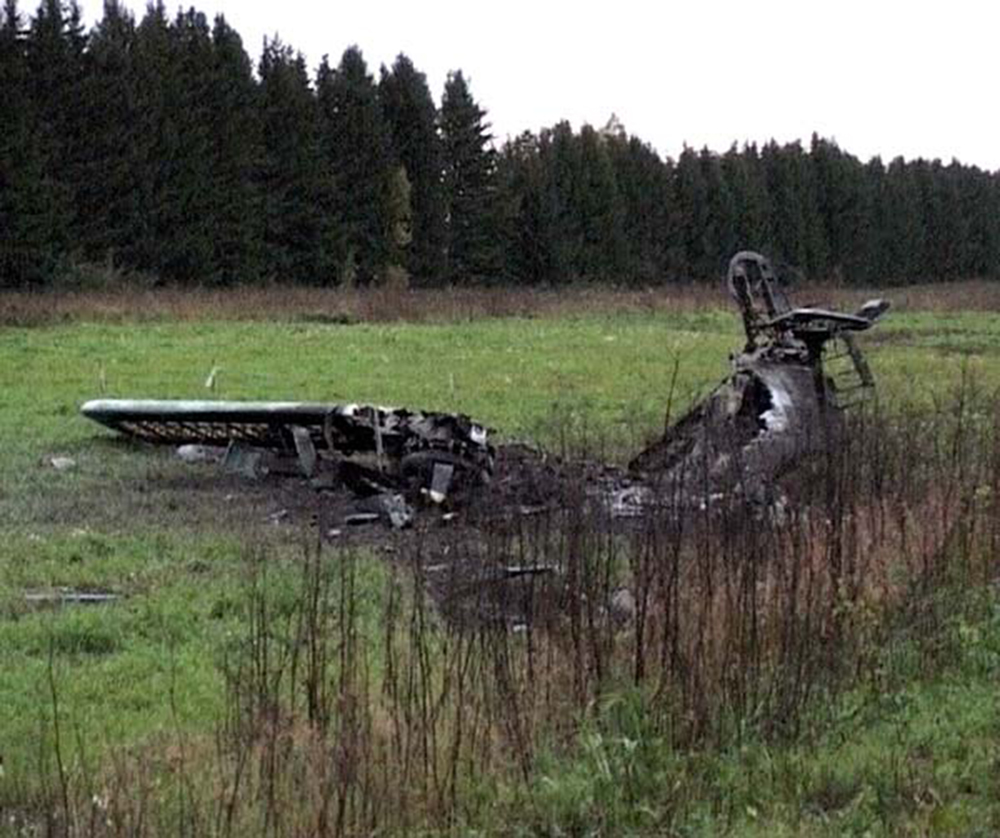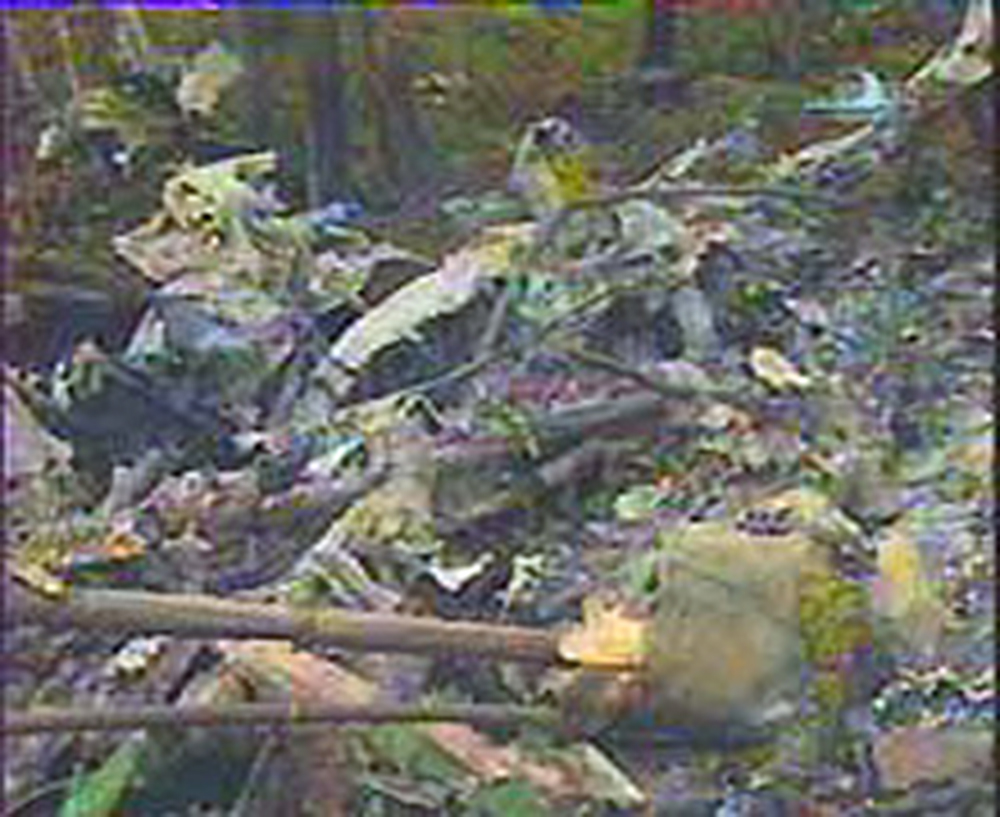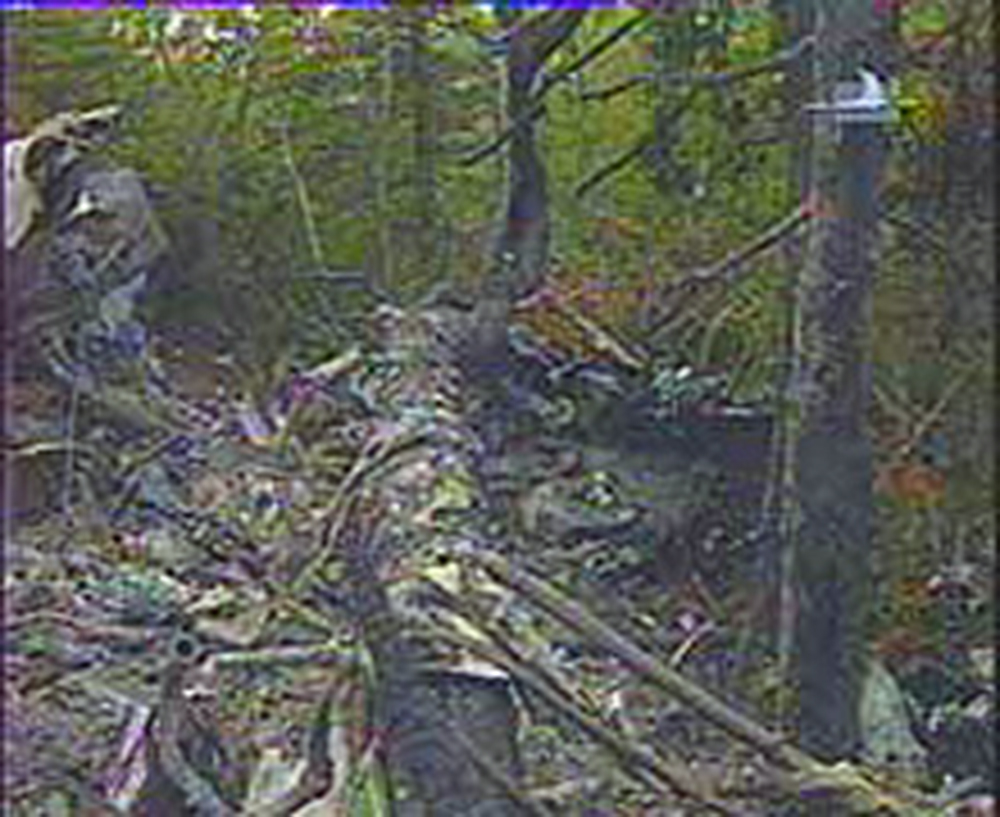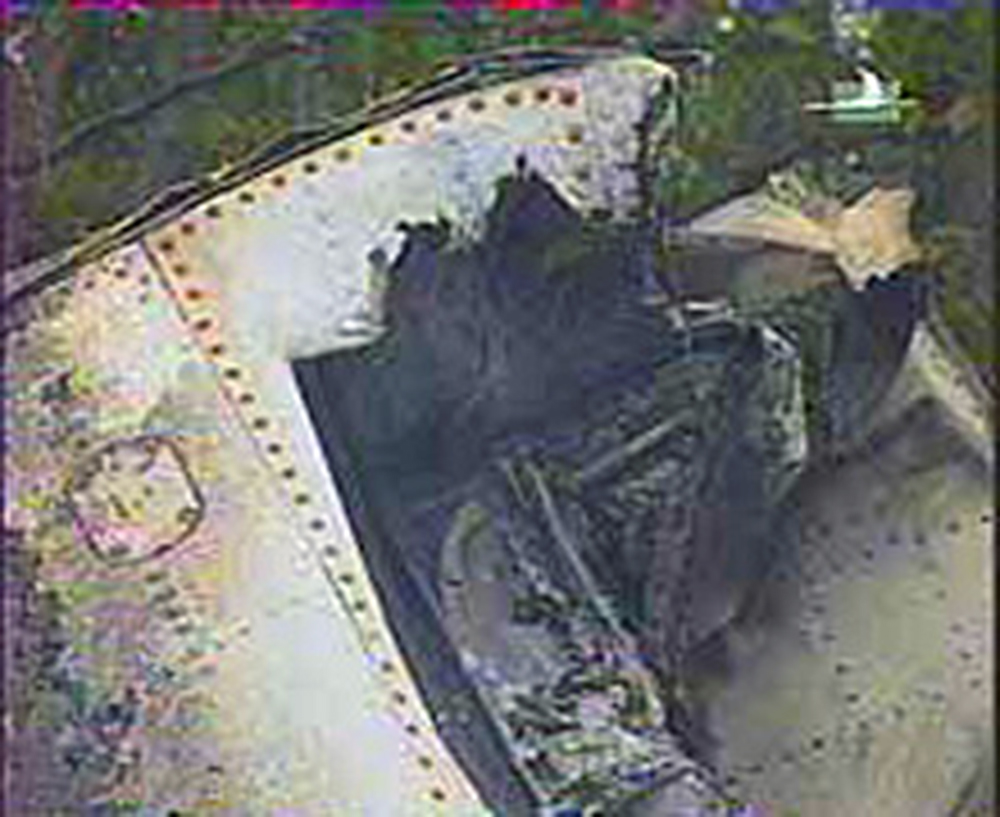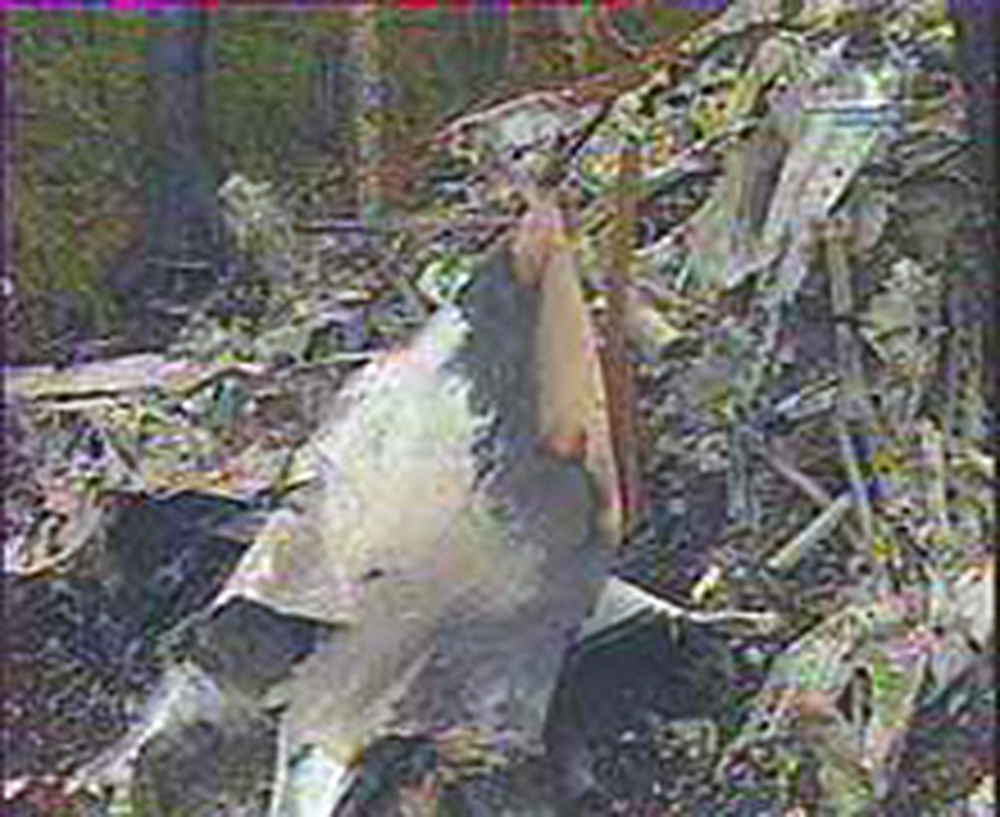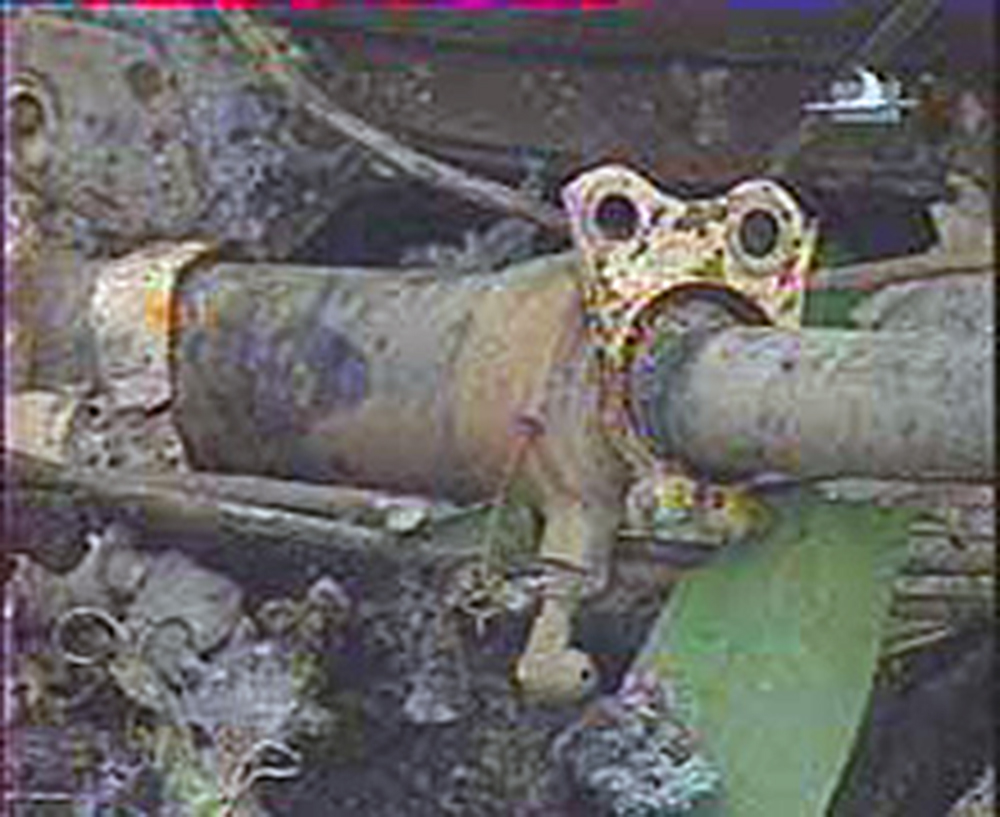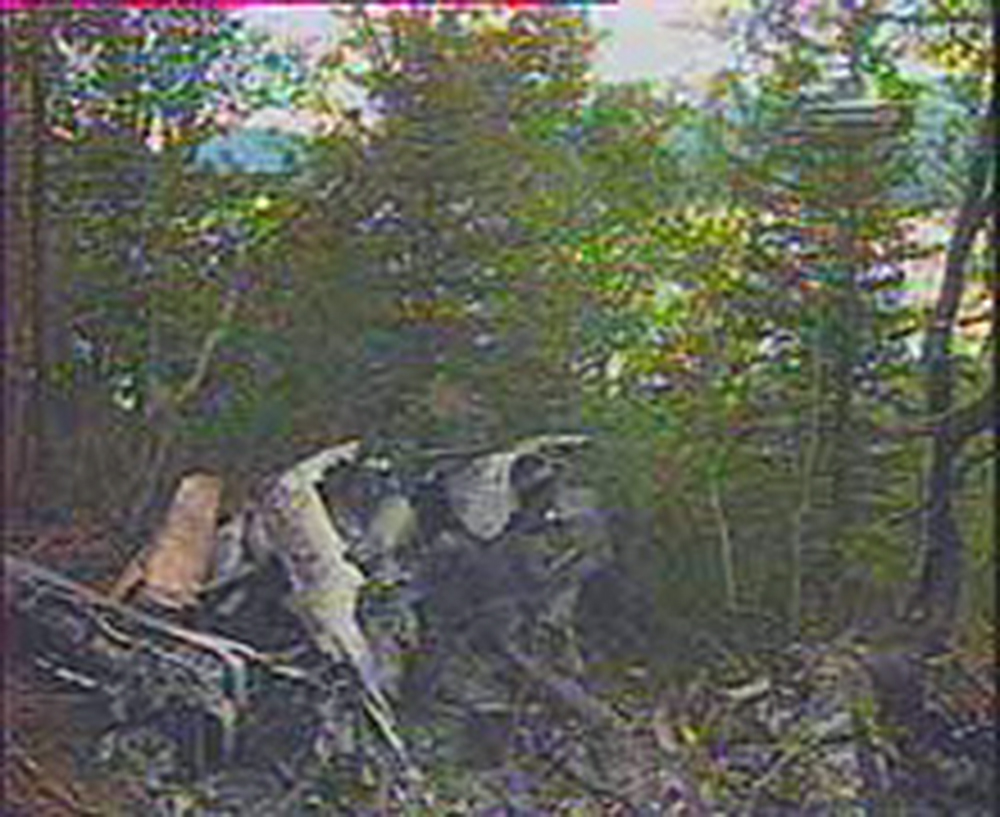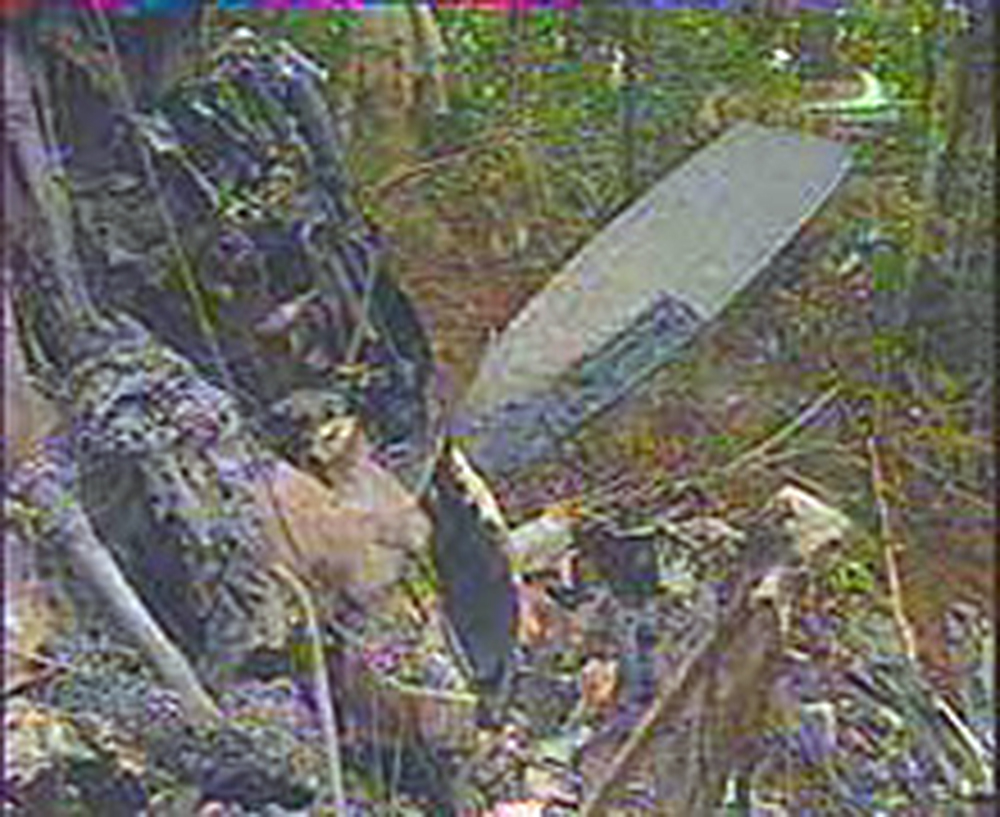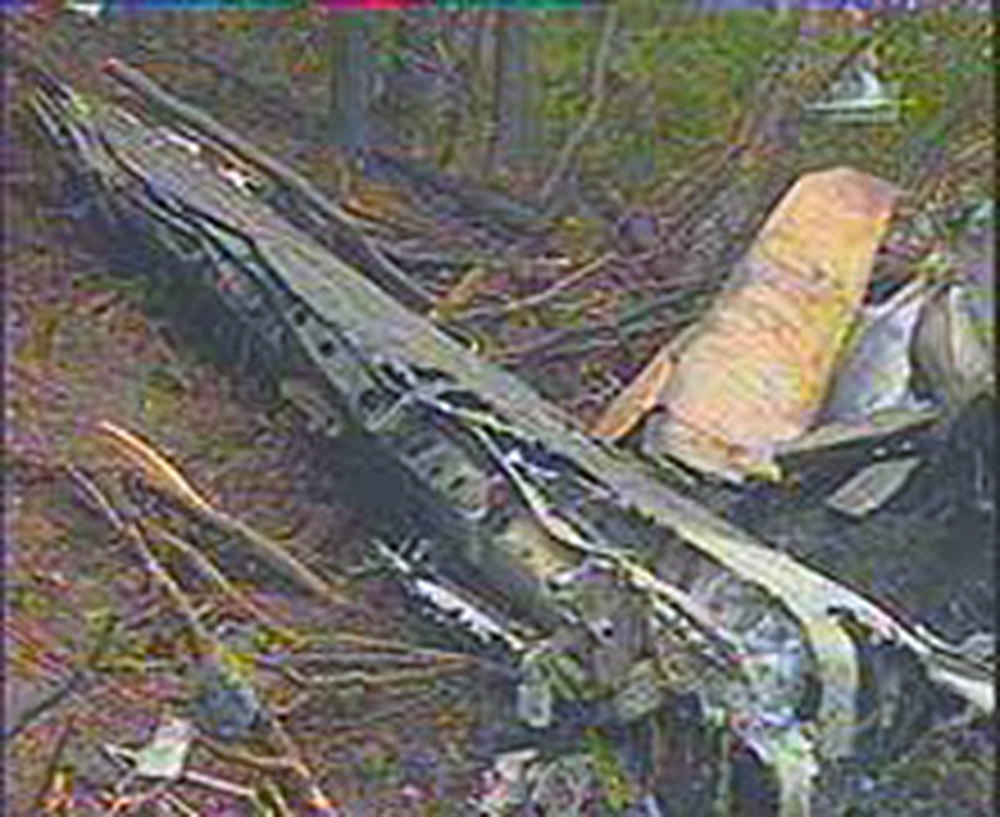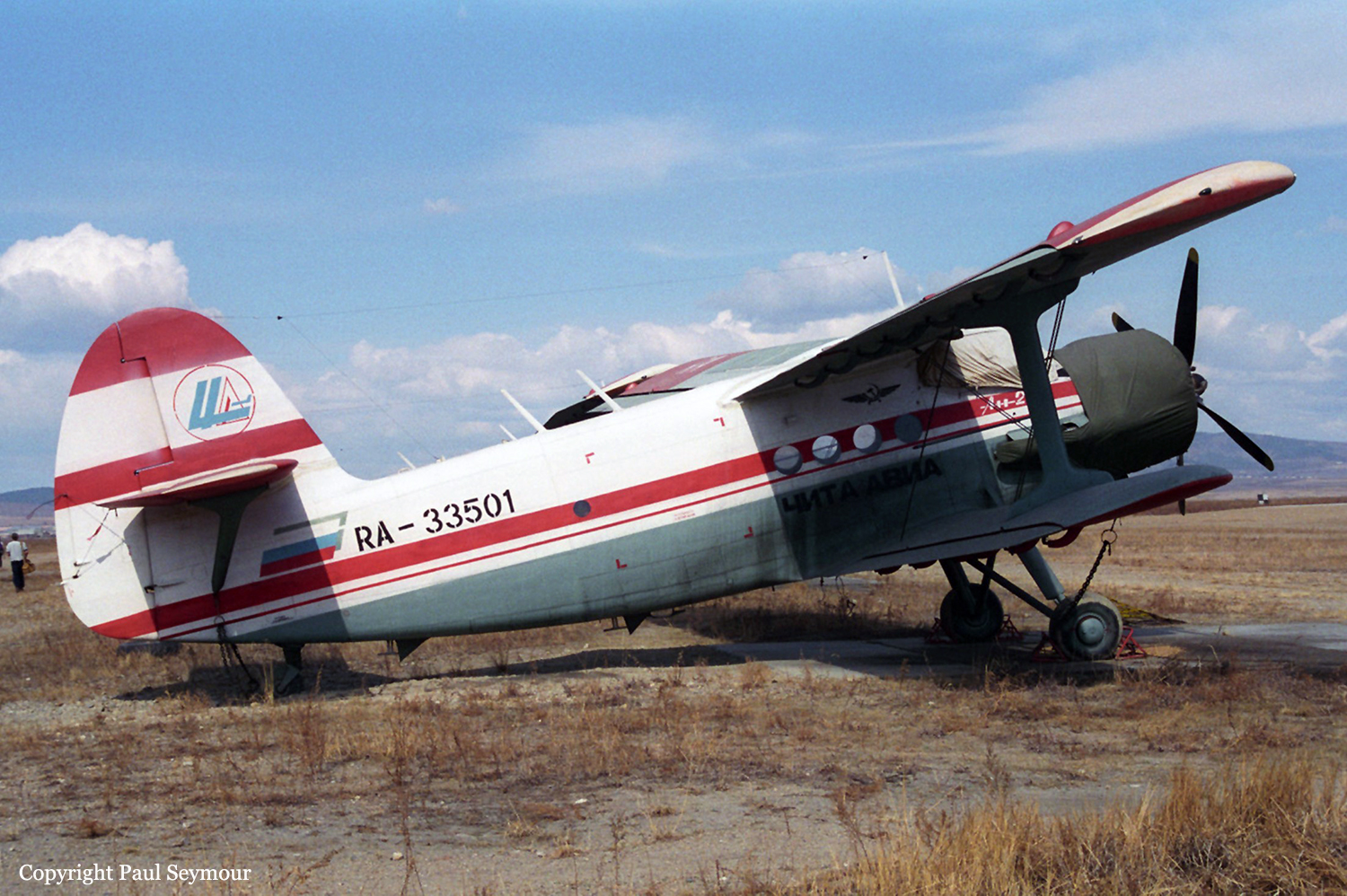Crash of an Antonov AN-12BP in Sredny Island
Date & Time:
Apr 11, 2003 at 2152 LT
Registration:
RA-12981
Survivors:
Yes
Schedule:
Moscow - Salekhard - Sredny Island
MSN:
00 347 104
YOM:
1970
Crew on board:
6
Crew fatalities:
Pax on board:
7
Pax fatalities:
Other fatalities:
Total fatalities:
0
Circumstances:
The four engine aircraft departed Moscow-Vnukovo on a cargo flight to Sredny Island with an intermediate stop in Salekhard, carrying six crew members, seven passengers and a load of 9,6 tons of various goods for the personnel of the drifting Polar Station "Severny Polyus 32" (North Pole 32). On final approach to the Sredny Ostrov Airfield, the crew encountered poor weather conditions and limited visibility. Too low, the aircraft struck the icy ground about 650 metres short of runway. It lost its undercarriage and slid for few dozen metres before coming to rest 165 metres to the right of the extended centerline. All 13 occupants escaped uninjured while the aircraft was damaged beyond repair.
Probable cause:
The following findings were identified:
- Poor flight preparation,
- The crew did not receive a suitable weather briefing for the destination airport,
- Poor weather conditions at destination,
- The visibility was below minimums,
- The crew continued the approach without visual contact with the runway until the aircraft impacted ground,
- The crew failed to initiate a go-around procedure.
- Poor flight preparation,
- The crew did not receive a suitable weather briefing for the destination airport,
- Poor weather conditions at destination,
- The visibility was below minimums,
- The crew continued the approach without visual contact with the runway until the aircraft impacted ground,
- The crew failed to initiate a go-around procedure.








